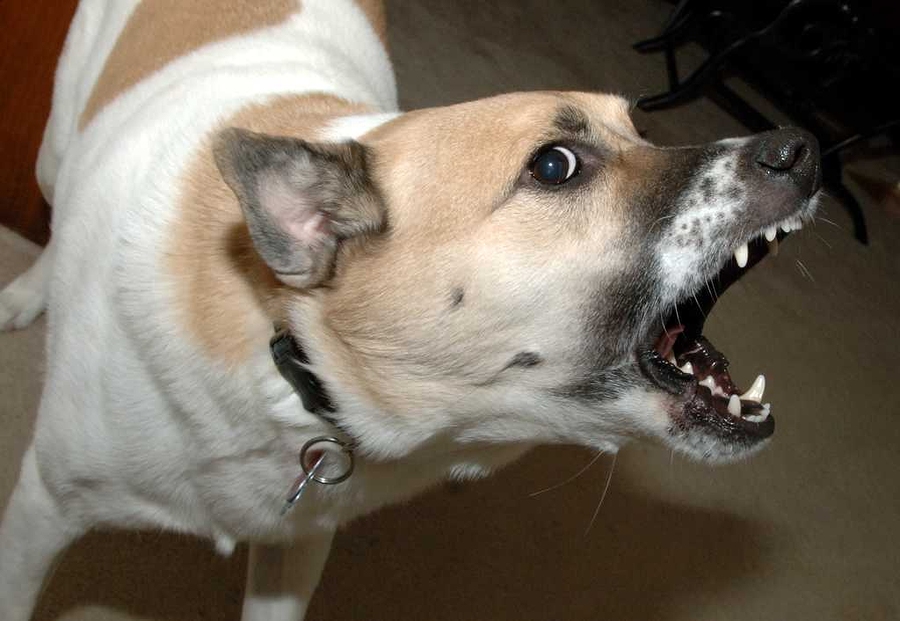
This post may contain affiliate links. We are compensated for referring customers to our affiliate partners.
Food aggression is an incredibly dangerous behavior. Aggressive eaters can present a threat to you, the members of your household, and your other dogs. Even worse, food aggression can lead to other forms of aggression and possessiveness in your dog.
So it is extremely important that you learn how to stop aggression during feeding time before the behavior becomes a huge problem for your family.
Before we dive in, we need to give the usual disclaimer when dealing with aggressive dogs. If you do not have experience and training with aggressive dog behavior, this is a situation where you must get some advice from a professional trainer. The longer you wait, the worse things will get and the harder it will be to correct the behavior. You will need to be the judge on how to handle the situation, but be very careful as bites are extremely common with food aggressive dogs. The advice given in this article only serves as general guidelines and techniques that can work in SOME cases. The only way to truly stop aggressive behavior is to develop a customized training plan for your specific dogs needs.
VIDEO TUTORIAL: How To Stop Food Aggression In A Puppy
What Causes Food Aggression?
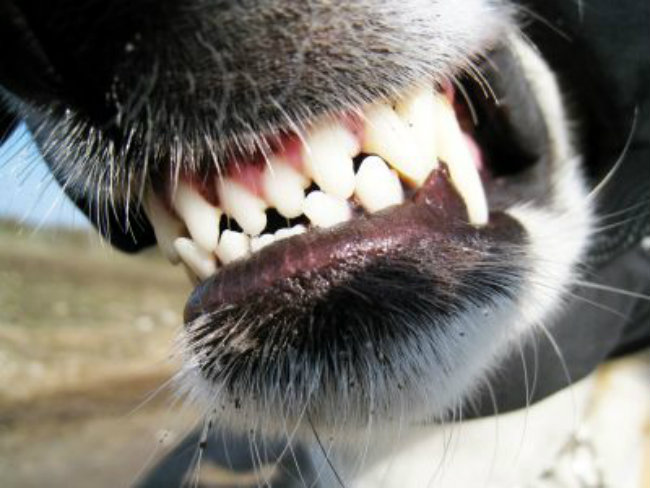
Dog aggression usually comes from insecurity and fear. If your dog is aggressive at feeding time, it’s usually a sign that they are worried about where their food will come from and where they will get more. Food aggression is also a way for a dog to assert pack dominance, seeing you and the other dogs in your home as competitors for resources. Food aggression can also be a product of environmental or routine changes that make dogs feel anxious and apprehensive about eating. Finally, food aggression may be a sign your dog has developed an illness or is in physical pain.
What Are The Signs Of Food Aggression?
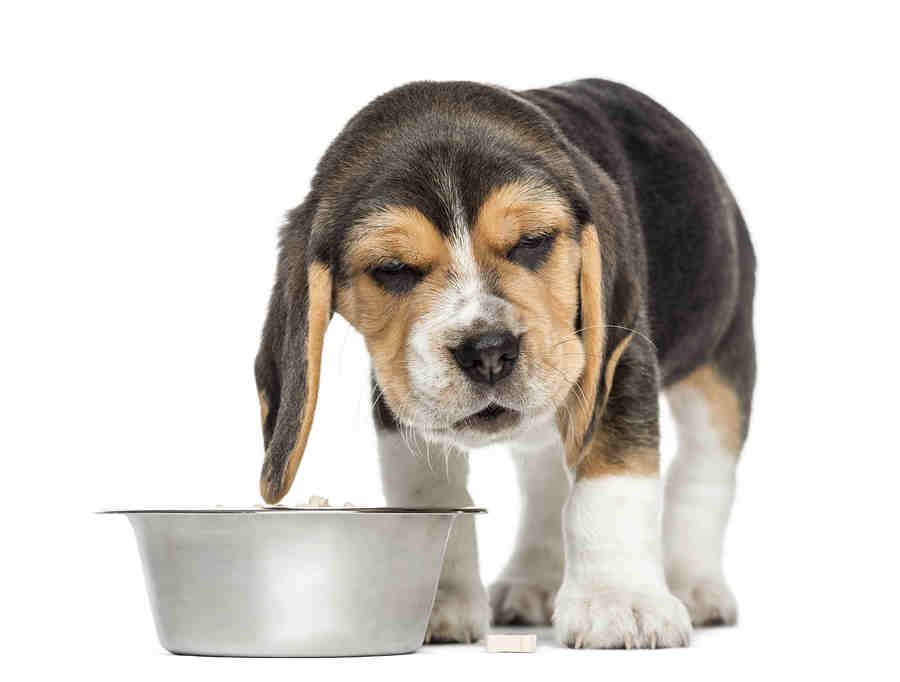
Food aggression can appear in dogs of all ages and breeds, and can range in severity. Some of the signs of food aggression to look out for include:
- Stiff shoulders, back, and tail
- Hovering or guarding food
- Wide eyes with dilated pupils
- Ears back
- Lunging at food
- Quick, greedy eating
- Showing Teeth
- Growling
- Snapping
- Biting
- Attacking
Some of the more mild forms of food aggression like hovering over food can easily escalate to the most severe forms like attacking people and dogs. So the behavior must be corrected at the first sign of aggression.
What To Do About Food Aggression
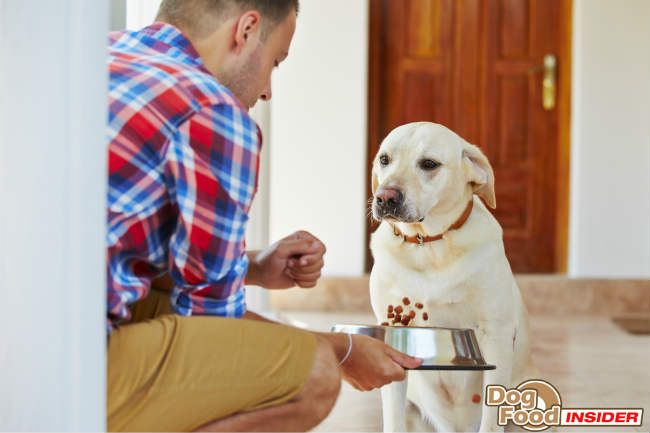
The first thing you need to do is consult your veterinarian, especially in cases where food aggression has recently appeared, because this behavior may be a sign of a larger medical issue. You can also ask your veterinarian about some tips for how to address the behavior. Next you want to make sure that you are feeding your dog a good dog food that is full of all the nutrients they need. A good dog food will ensure your dog is getting all their nutritional needs so that they don’t feel like they are hungry or starving. Then you want to design and implement a comprehensive training program so you can correct this behavior.
5 Methods To Combat Food Aggression
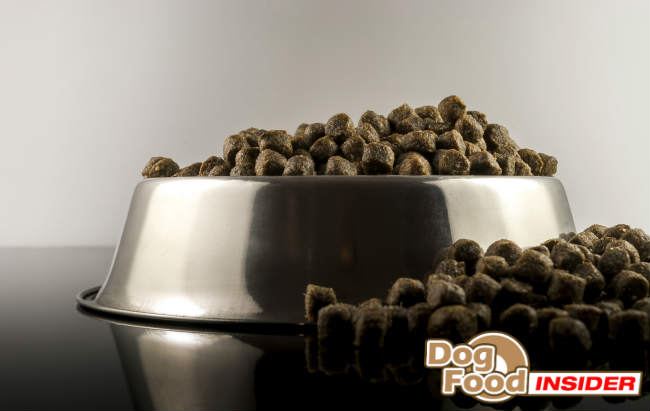
There are some really great methods you can employ to work with your dog to stop food aggression. Whatever method you choose it’s extremely important that you put your dog on a consistent routine so they know when and where they will get their food everyday, that you exercise patience, and that you communicate to your dog you are the pack leader and the provider. If you have multiple dogs, you want to feed your aggressive dog on their own at first, then slowly introduce them back into the pack once the aggression has stopped. Here are five methods you can use to combat food aggression in your dog:
Work For Food
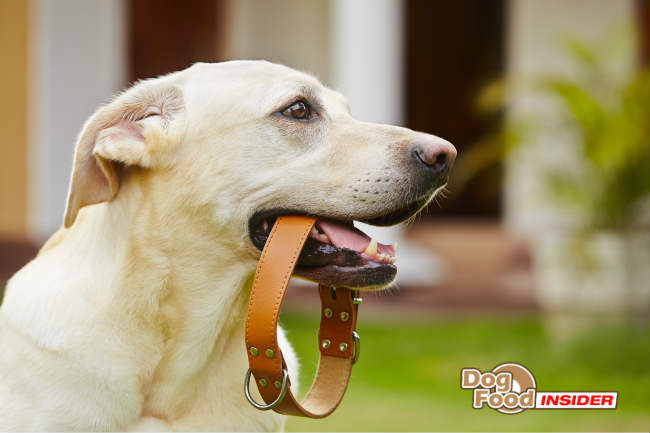
The first method is making your dog work for their food. First take your dog for a walk or a run. This will set up the understanding that they have worked for their food, similar to a hunt in the wild. Then when you get back to the house, prepare the food and place it in front of them. Make them sit or lie down patiently and stay until you say they can eat. Once your dog has successfully waited for your signal to eat, then you can let them eat. This creates food security because it makes them feel like they are working hard for their food and it is truly their food.
Hand Feeding
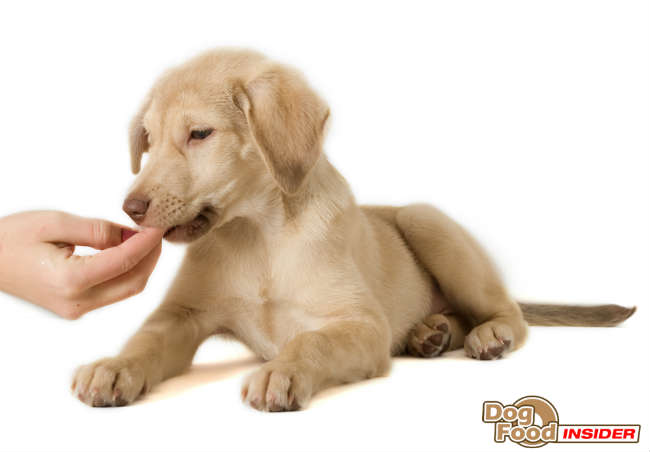
To establish the relationship as a provider, you can try hand feeding your dog. While your dog is eating their kibble, have a special treat in your hand. Then interrupt their feeding to give them this special treat. Do this a couple times. Then they will begin to associate food interruptions with special treats, creating a positive association. They will also start to see you as a provider rather than a challenger.
Upgrade Food
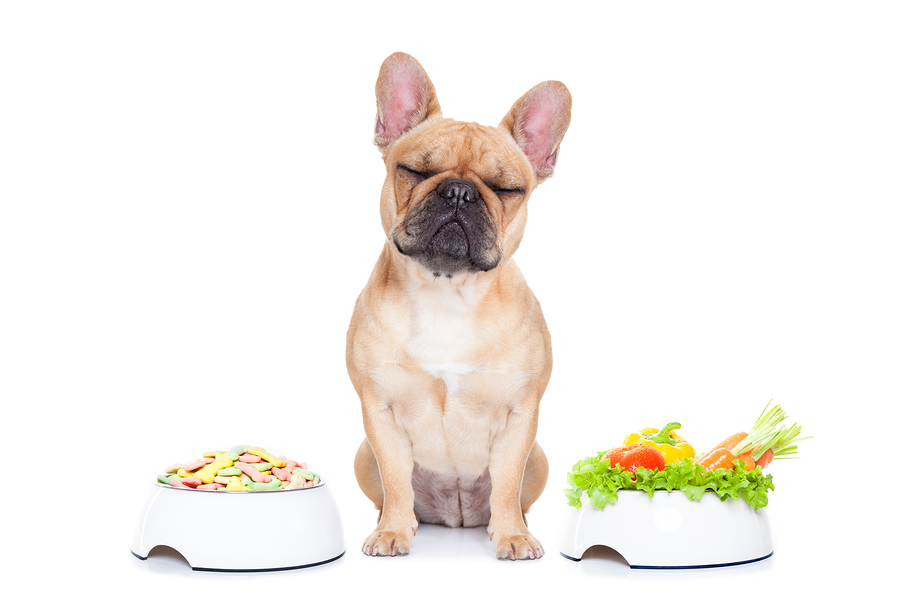
This technique is a way to establish trust and reduce the fear associated with food being taken away. While your dog is eating, place an alternative food down. You want the alternative to be something better than their kibble like treats or a wet dog food. Soon your dog will begin associating your approach with something good and see that you are not there to take away their food.
Interrupt Mealtime

This method shows your dog they can leave their food and it will not be stolen. When you put the food bowl down, go a few feet away and call your dog over. When your dog comes, give them a tasty treat. Then let them go back to their food bowl. Repeat several times during feeding.
Win The Battle
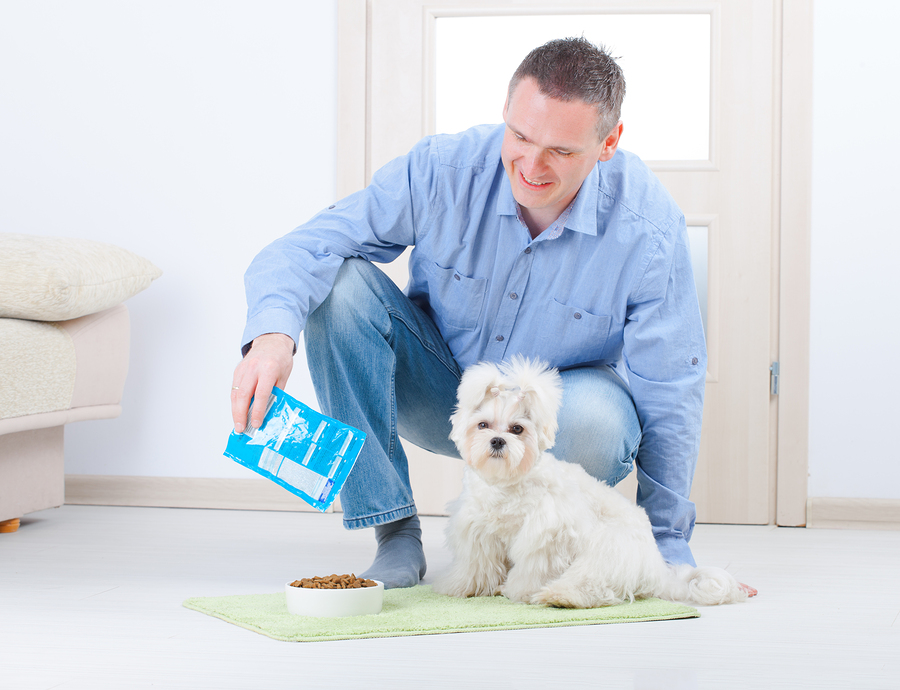
This method is to show your dog that aggression is not how they will win the battle over their food. When you feed them stand next to them, if they show any aggression do not back away. Just calmly stand next to the bowl while they eat. This will show them that their aggression is not going to get you to leave the bowl, and therefore you have won the battle over the food.
These are just some of the methods you can use to reduce food aggression in your dog. Remember though, food aggression can be very dangerous so you want to use caution when applying these techniques. It also takes a long time to resolve food aggression issues so you want to have patience and stick with the training. Most importantly you want to make sure that you work with your veterinarian and feed your dog a high-quality, good dog food so that you are ensuring that the aggression is not a product of health issues. With a little diligence though, you can ensure that you help end this behavior and your dog stops being an aggressive feeder.
